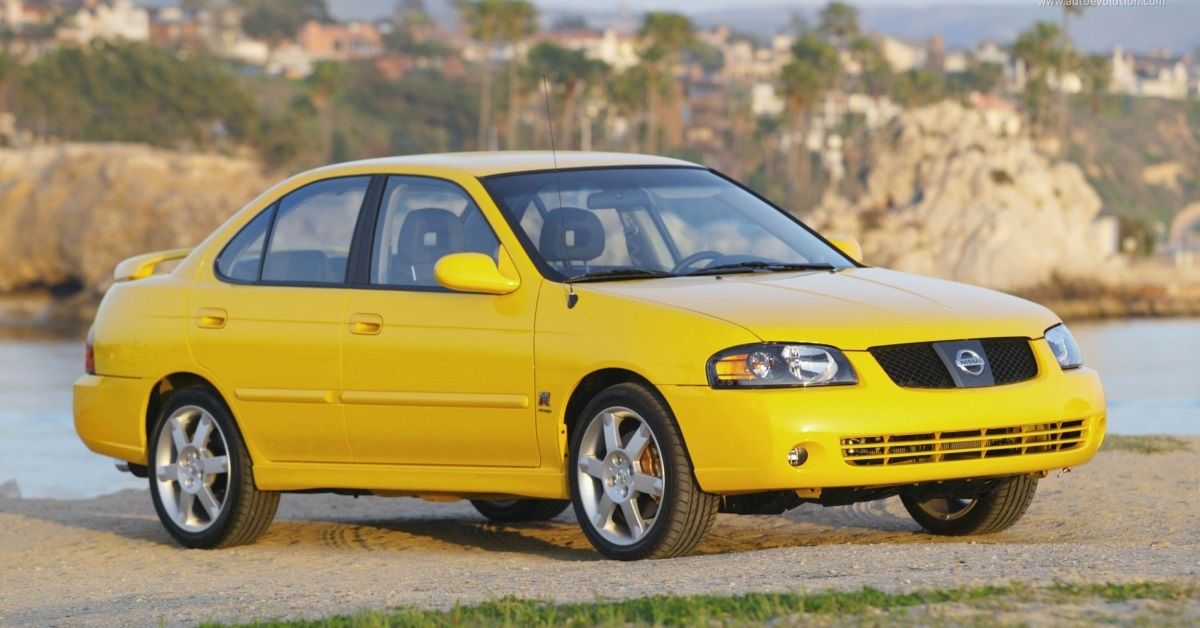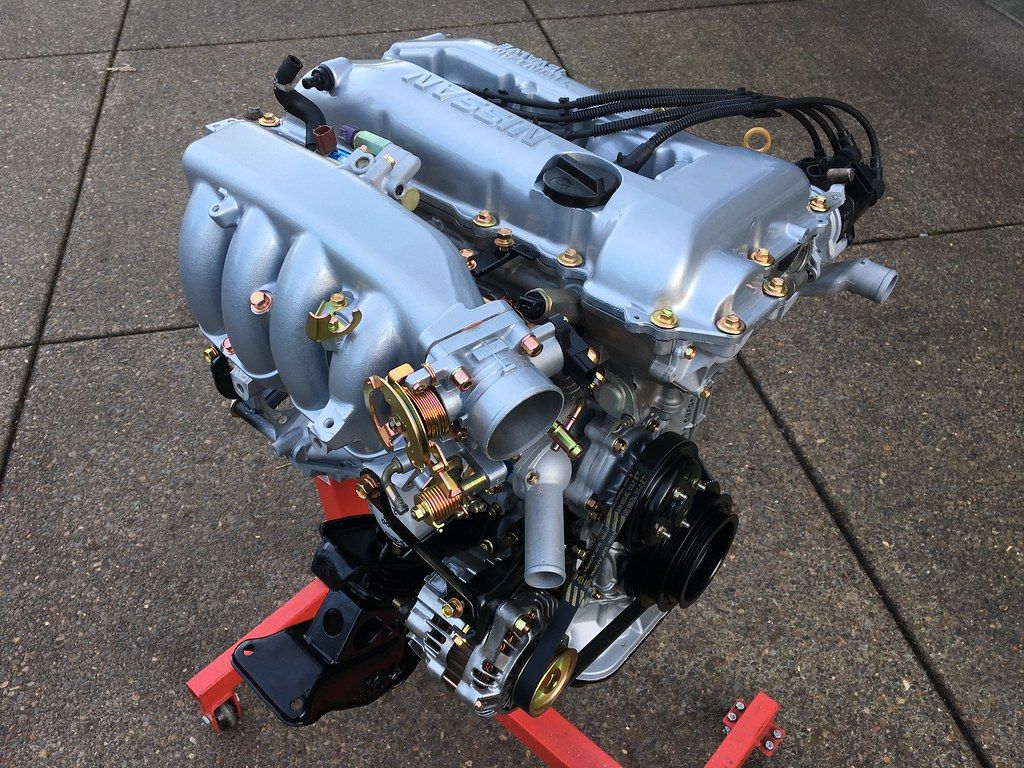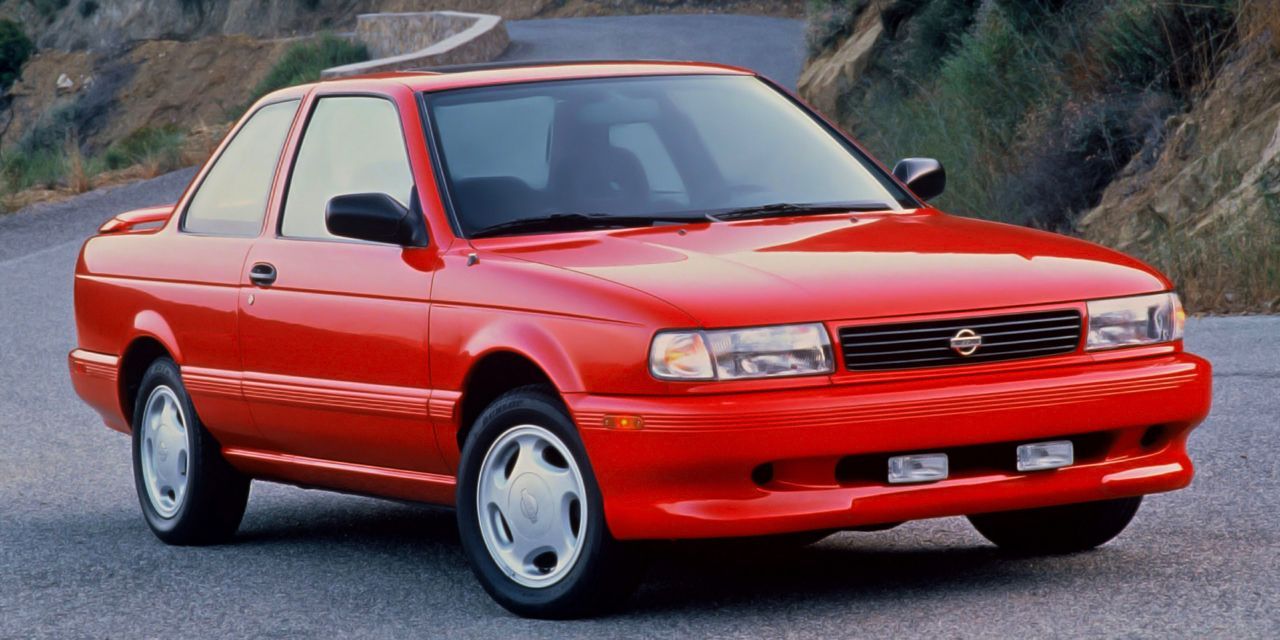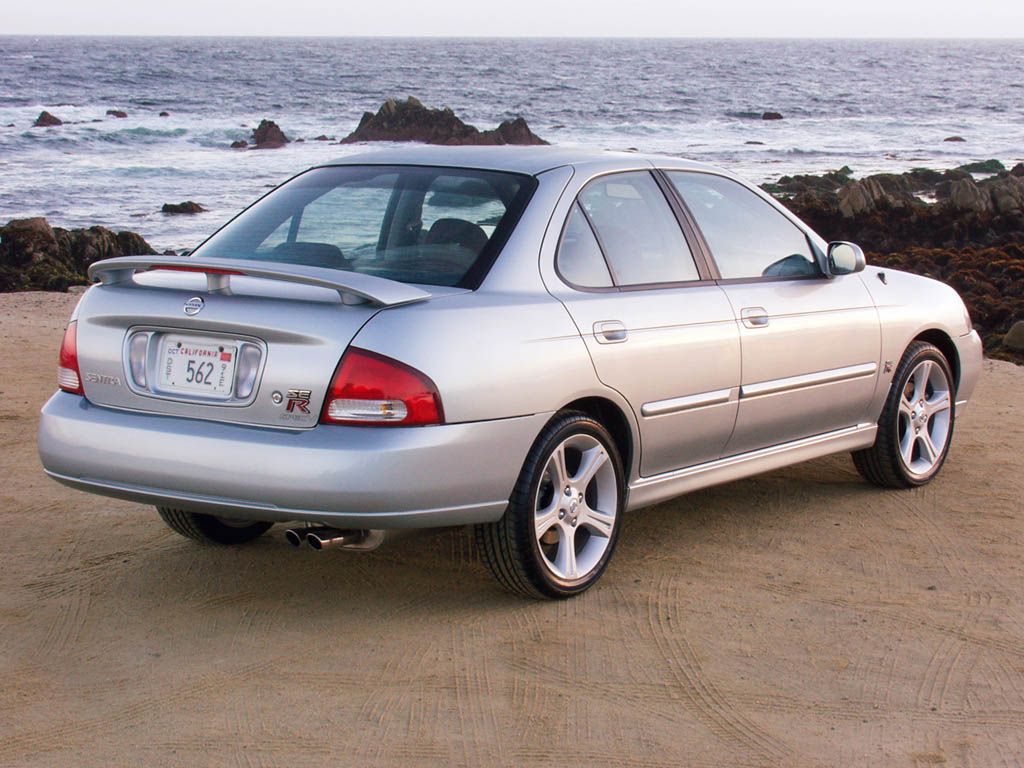In the world of ever-increasing demand for the Japanese classics of the last few decades, the Nissan Sentra SE-R has gone relatively unnoticed by collectors and enthusiasts alike. A simple Google search yields more results regarding the car's forgotten status than it does useful information or for-sale listings.
Truthfully, the car seems to have been lost in the sea of small, budget '90s performance cars that define the Japanese motor industry to this day. Every new car coming out of Japan seems to be met with the criticism that it isn't a small, light sports compact of some variety. There are few places left to find the flavor of motoring for cheap, and the SE-R is one of them.
Let's take a closer look at the Nissan Sentra SE-R.
Cross-Platform Speed
The Nissan Sentra SE-R was a bit of a parts-bin special. Trim pieces such as the window switches, turn signal stalks, etc., from other Nissans in the market at the time were taken and put into the interior. Mechanically speaking, this was also the case, and thank God for it. The SE-R's first generation, known as the B13, received one of the most famous four-cylinder engines of all time: the SR20.
SR20 was the internal designation for the motor and was usually followed by a few more letters connotating the trim. For example, SR20DET means that flavor of SR motor had dual overhead cams (D), electronic fuel injection (E), and most importantly, T for turbo! While the B13 did not get the DET trim SR motor, the SR20DE is still a fantastic motor of a bygone era.
Revvy, naturally aspirated four pots were the norm in the engineering heaven of '90s Japan, and the SR20 found its home in many legendary cars, the Sentra being one of them. An SR20 of some flavor can be found in the S13, S14, and S15 Silvias, the Pulsar GTI-R, and even the odd Infiniti. This motor is at the heart of what makes the B13 special, to say nothing of the four-wheel disc brakes or limited-slip diff.
Near-EV levels of throttle response, incredible reliability and tunability (400 or more horses on stock internals), and cheap maintenance all contribute to the Sentra's (and the SR20's) contention in the 90s JDM sports compact market. Support is still plentiful to this day, and it's easy to see why this motor found its way into so many incredible cars.
Market? What Market?
So, where the hell are these things? B13 SE-Rs are nearly impossible to find. Even the exact production numbers are hard to find. Why? Who knows. Nissan was at the top of their game in the 90s, and it's hard to imagine anyone asking too many questions about production numbers. Of course, that makes sourcing one even harder. Harder still is the task of finding a clean one, as most were modified, crashed, and modded again.
Fifth-generation or B15 models, are more readily available, as production numbers seemed to be higher for the Sentra overall, so it stands to reason that, even without exact records, more SE-Rs were made during this run. Power outputs rose along with production numbers for the B15 generation, with the SR20DE motor now producing 165BHP as opposed to the B13's 140BHP.
However, ever-changing pedestrian and crash safety standards meant that the newer B15 models have a little more fat on the bones. In general, it appears B15s come up for sale more often, so it may be easier to find a clean one, but B13s just have that charm, and those who have them, keep them. 6th generation models got fatter still and lost the lovely SR20 motor. From a financial standpoint, your money is certainly best parked in a clean B13 or B15 model.
SE-R Ownership
If you can find a clean version of either, there really are not a lot of downsides to ownership. Both generations of SE-R offer cheap speed, and who doesn't like that? Strong reliability, tuneability, and aftermarket support help keep these generations of Sentra SE-R's feeling modern. As with many 90s JDM cars, prices will rise if they have not already, which is precisely why owning one now seems to be a good place to get some cheap miles in on a fantastic car.
Prices can go as low as 6 or 7 grand for beater B15 models, but the market has spoken, and clean B13s are where it's at. Quality single-owner B13s with strong service history and relatively low miles can go for anything from 8 to 16k. For the price of a used base Honda Civic, it's clear where to put your money. This 33k mile, two-owner SE-R recently sold for $12,200 on Cars and Bids in early November of last year. Given the recent upward swing in the JDM market, it's hard to see how the new owner won't make money on it when it inevitably sells again for double the money in 5 years.




